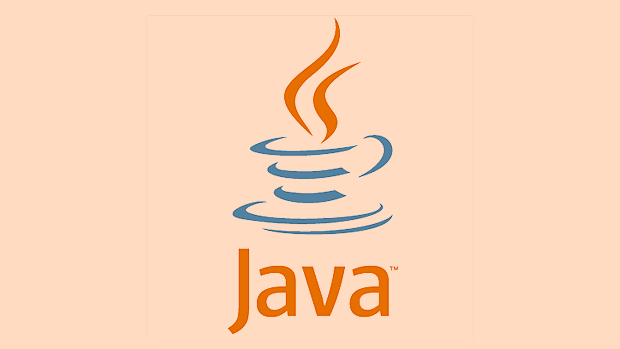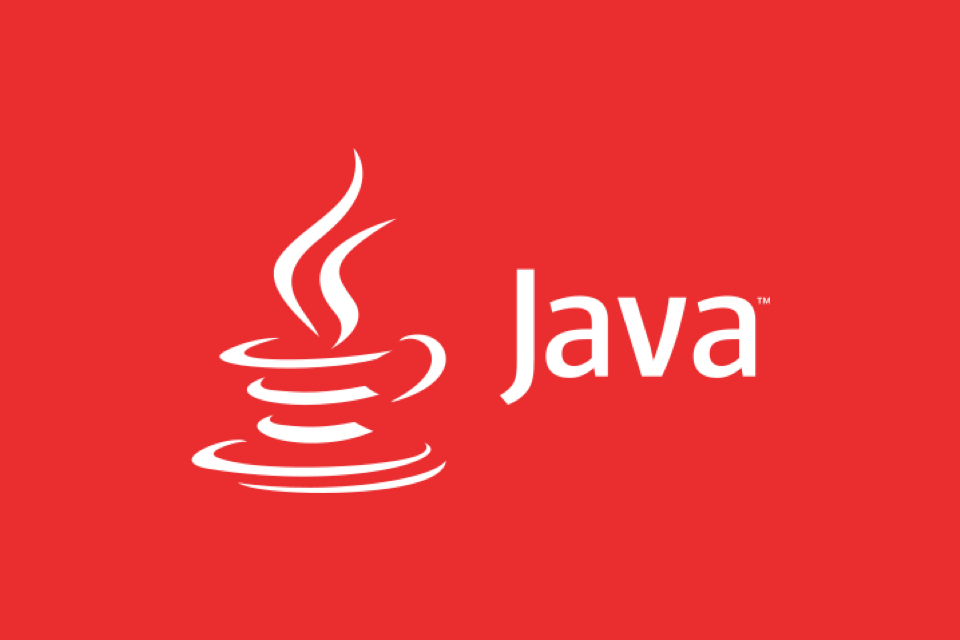Functional interfaces like Function, Predicate, Consumer, Supplier, UnaryOperator, and BinaryOperator enable behavior abstraction and support lambda expressions. 2. The Streams API allows declarative, lazy, and chained operations such as filter, map, and collect for processing data sequences functionally. 3. Optional

Java’s introduction of lambdas in Java 8 was a big step toward supporting functional programming, but there’s more under the hood than just lambda expressions. While lambdas get most of the attention, Java includes several other functional programming constructs that enable cleaner, more expressive, and safer code when used appropriately. Here are key functional programming features in Java beyond lambdas.

1. Functional Interfaces
Functional interfaces are the backbone of functional programming in Java. These are interfaces with exactly one abstract method (SAM — Single Abstract Method), which makes them compatible with lambda expressions.
Common examples from java.util.function include:

-
Function<t r></t>– takes an input of typeTand returns a result of typeR -
Predicate<t></t>– evaluates a condition and returns a boolean -
Consumer<t></t>– performs an action with the input but returns nothing -
Supplier<t></t>– provides a value without taking input -
UnaryOperator<t></t>andBinaryOperator<t></t>– specialized functions for single and dual inputs of the same type
These interfaces allow you to write generic, reusable code that abstracts behavior.
Example:

List<String> names = Arrays.asList("Alice", "Bob", "Charlie");
Predicate<String> startsWithA = s -> s.startsWith("A");
names.stream()
.filter(startsWithA)
.forEach(System.out::println);Using functional interfaces promotes composability and helps decouple logic from implementation.
2. Streams API
The Streams API (introduced in Java 8) is one of the most powerful functional programming tools in Java. It enables functional-style operations on sequences of elements, supporting operations like filtering, mapping, reducing, and collecting.
Key characteristics:
- Declarative: You describe what you want, not how to do it.
- Lazy evaluation: Intermediate operations (like
filter,map) are not executed until a terminal operation (likeforEach,collect) is called. - Supports method chaining: Enables fluent, readable pipelines.
Example:
List<Integer> result = numbers.stream()
.filter(n -> n > 0)
.map(n -> n * 2)
.limit(10)
.collect(Collectors.toList());Streams encourage immutability and reduce boilerplate compared to traditional loops.
3. Optional for Safer Null Handling
Optional<T> is a container that may or may not hold a non-null value. It’s a functional approach to avoiding NullPointerException by making nullability explicit.
Instead of returning null, methods can return Optional<T>, forcing callers to handle the absence of a value.
Example:
public Optional<String> findNameById(int id) {
// return value if found, otherwise Optional.empty()
}
// Usage
findNameById(42)
.map(String::toUpperCase)
.ifPresent(System.out::println);Methods like map, flatMap, filter, and orElse allow chaining operations safely without explicit null checks.
This shifts error handling from runtime exceptions to compile-time awareness.
4. Method References
While related to lambdas, method references (::) are a distinct construct that promotes reuse and readability by referring to existing methods by name.
Types of method references:
ClassName::staticMethod– e.g.,Integer::sumobject::instanceMethod– e.g.,System.out::printlnClassName::instanceMethod– e.g.,String::length(called on each object)ClassName::new– constructor reference, e.g.,ArrayList::new
Example:
list.forEach(System.out::println); // cleaner than x -> System.out.println(x)
They reduce verbosity and improve code clarity, especially when existing methods already implement the desired logic.
5. Immutability and Pure Functions (Encouraged Patterns)
Java doesn’t enforce immutability, but functional programming in Java works best when you adopt immutable data structures and pure functions (functions with no side effects).
While Java lacks built-in persistent data structures, you can:
- Use unmodifiable collections:
List.copyOf(original)(Java 10 ) - Design immutable classes with
finalfields and no setters - Avoid mutating shared state
Example:
public final class Person {
private final String name;
private final int age;
public Person(String name, int age) {
this.name = name;
this.age = age;
}
// Only getters, no setters
}Combined with streams and lambdas, immutability reduces bugs in concurrent environments.
6. Higher-Order Functions via Functional Interfaces
In functional programming, functions can take other functions as parameters or return them. Java supports this through functional interfaces.
You can write methods that accept or return lambdas.
Example:
public Function<Integer, Integer> createMultiplier(int factor) {
return x -> x * factor;
}
// Usage
Function<Integer, Integer> doubleIt = createMultiplier(2);
System.out.println(doubleIt.apply(5)); // 10This enables powerful patterns like function composition, configuration via behavior, and strategy-like designs.
Final Thoughts
Java may not be a purely functional language, but it offers enough functional constructs to write code in a more functional style. Beyond lambdas, leveraging functional interfaces, streams, Optionals, method references, and immutable design leads to code that’s more readable, testable, and less error-prone—especially in data transformation and pipeline scenarios.
Used wisely, these tools bring functional programming benefits into everyday Java development.
Basically, once you move past just using lambdas for forEach, the real power starts to show.
The above is the detailed content of Functional Programming Constructs in Java Beyond Lambdas. For more information, please follow other related articles on the PHP Chinese website!

Hot AI Tools

Undress AI Tool
Undress images for free

Undresser.AI Undress
AI-powered app for creating realistic nude photos

AI Clothes Remover
Online AI tool for removing clothes from photos.

Clothoff.io
AI clothes remover

Video Face Swap
Swap faces in any video effortlessly with our completely free AI face swap tool!

Hot Article

Hot Tools

Notepad++7.3.1
Easy-to-use and free code editor

SublimeText3 Chinese version
Chinese version, very easy to use

Zend Studio 13.0.1
Powerful PHP integrated development environment

Dreamweaver CS6
Visual web development tools

SublimeText3 Mac version
God-level code editing software (SublimeText3)

Hot Topics
 What is the `enum` type in Java?
Jul 02, 2025 am 01:31 AM
What is the `enum` type in Java?
Jul 02, 2025 am 01:31 AM
Enums in Java are special classes that represent fixed number of constant values. 1. Use the enum keyword definition; 2. Each enum value is a public static final instance of the enum type; 3. It can include fields, constructors and methods to add behavior to each constant; 4. It can be used in switch statements, supports direct comparison, and provides built-in methods such as name(), ordinal(), values() and valueOf(); 5. Enumeration can improve the type safety, readability and flexibility of the code, and is suitable for limited collection scenarios such as status codes, colors or week.
 What is the interface segregation principle?
Jul 02, 2025 am 01:24 AM
What is the interface segregation principle?
Jul 02, 2025 am 01:24 AM
Interface Isolation Principle (ISP) requires that clients not rely on unused interfaces. The core is to replace large and complete interfaces with multiple small and refined interfaces. Violations of this principle include: an unimplemented exception was thrown when the class implements an interface, a large number of invalid methods are implemented, and irrelevant functions are forcibly classified into the same interface. Application methods include: dividing interfaces according to common methods, using split interfaces according to clients, and using combinations instead of multi-interface implementations if necessary. For example, split the Machine interfaces containing printing, scanning, and fax methods into Printer, Scanner, and FaxMachine. Rules can be relaxed appropriately when using all methods on small projects or all clients.
 Asynchronous Programming Techniques in Modern Java
Jul 07, 2025 am 02:24 AM
Asynchronous Programming Techniques in Modern Java
Jul 07, 2025 am 02:24 AM
Java supports asynchronous programming including the use of CompletableFuture, responsive streams (such as ProjectReactor), and virtual threads in Java19. 1.CompletableFuture improves code readability and maintenance through chain calls, and supports task orchestration and exception handling; 2. ProjectReactor provides Mono and Flux types to implement responsive programming, with backpressure mechanism and rich operators; 3. Virtual threads reduce concurrency costs, are suitable for I/O-intensive tasks, and are lighter and easier to expand than traditional platform threads. Each method has applicable scenarios, and appropriate tools should be selected according to your needs and mixed models should be avoided to maintain simplicity
 Differences Between Callable and Runnable in Java
Jul 04, 2025 am 02:50 AM
Differences Between Callable and Runnable in Java
Jul 04, 2025 am 02:50 AM
There are three main differences between Callable and Runnable in Java. First, the callable method can return the result, suitable for tasks that need to return values, such as Callable; while the run() method of Runnable has no return value, suitable for tasks that do not need to return, such as logging. Second, Callable allows to throw checked exceptions to facilitate error transmission; while Runnable must handle exceptions internally. Third, Runnable can be directly passed to Thread or ExecutorService, while Callable can only be submitted to ExecutorService and returns the Future object to
 Best Practices for Using Enums in Java
Jul 07, 2025 am 02:35 AM
Best Practices for Using Enums in Java
Jul 07, 2025 am 02:35 AM
In Java, enums are suitable for representing fixed constant sets. Best practices include: 1. Use enum to represent fixed state or options to improve type safety and readability; 2. Add properties and methods to enums to enhance flexibility, such as defining fields, constructors, helper methods, etc.; 3. Use EnumMap and EnumSet to improve performance and type safety because they are more efficient based on arrays; 4. Avoid abuse of enums, such as dynamic values, frequent changes or complex logic scenarios, which should be replaced by other methods. Correct use of enum can improve code quality and reduce errors, but you need to pay attention to its applicable boundaries.
 Understanding Java NIO and Its Advantages
Jul 08, 2025 am 02:55 AM
Understanding Java NIO and Its Advantages
Jul 08, 2025 am 02:55 AM
JavaNIO is a new IOAPI introduced by Java 1.4. 1) is aimed at buffers and channels, 2) contains Buffer, Channel and Selector core components, 3) supports non-blocking mode, and 4) handles concurrent connections more efficiently than traditional IO. Its advantages are reflected in: 1) Non-blocking IO reduces thread overhead, 2) Buffer improves data transmission efficiency, 3) Selector realizes multiplexing, and 4) Memory mapping speeds up file reading and writing. Note when using: 1) The flip/clear operation of the Buffer is easy to be confused, 2) Incomplete data needs to be processed manually without blocking, 3) Selector registration must be canceled in time, 4) NIO is not suitable for all scenarios.
 Exploring Different Synchronization Mechanisms in Java
Jul 04, 2025 am 02:53 AM
Exploring Different Synchronization Mechanisms in Java
Jul 04, 2025 am 02:53 AM
Javaprovidesmultiplesynchronizationtoolsforthreadsafety.1.synchronizedblocksensuremutualexclusionbylockingmethodsorspecificcodesections.2.ReentrantLockoffersadvancedcontrol,includingtryLockandfairnesspolicies.3.Conditionvariablesallowthreadstowaitfor
 How Java ClassLoaders Work Internally
Jul 06, 2025 am 02:53 AM
How Java ClassLoaders Work Internally
Jul 06, 2025 am 02:53 AM
Java's class loading mechanism is implemented through ClassLoader, and its core workflow is divided into three stages: loading, linking and initialization. During the loading phase, ClassLoader dynamically reads the bytecode of the class and creates Class objects; links include verifying the correctness of the class, allocating memory to static variables, and parsing symbol references; initialization performs static code blocks and static variable assignments. Class loading adopts the parent delegation model, and prioritizes the parent class loader to find classes, and try Bootstrap, Extension, and ApplicationClassLoader in turn to ensure that the core class library is safe and avoids duplicate loading. Developers can customize ClassLoader, such as URLClassL






